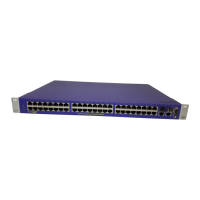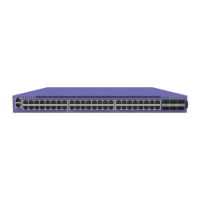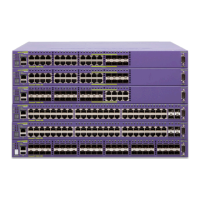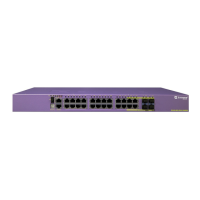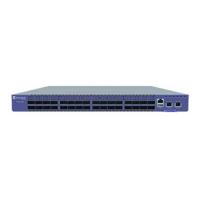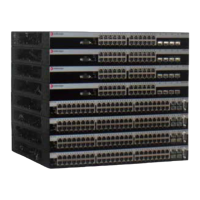Checking Basic Connectivity
Summit 200 Series Switch Installation and User Guide 55
from Uses the specified source address in the ICMP packet. If not specified, the
address of the transmitting interface is used.
ttl Configures the switch to trace up to the time-to-live number of the switch.
port Uses the specified UDP port number.
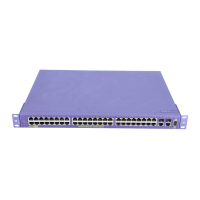
